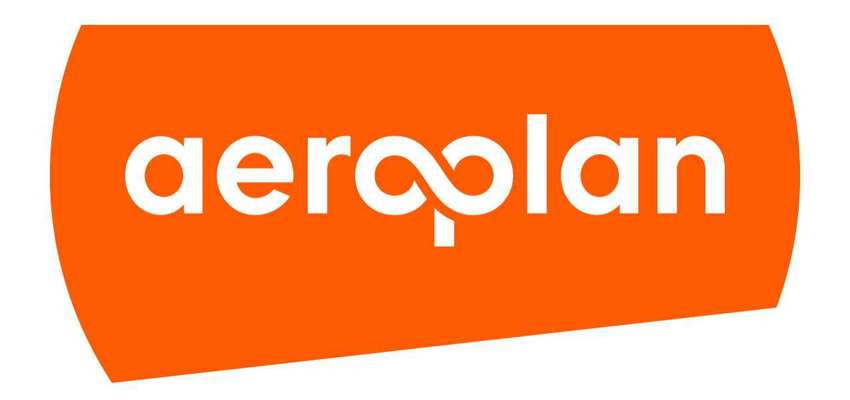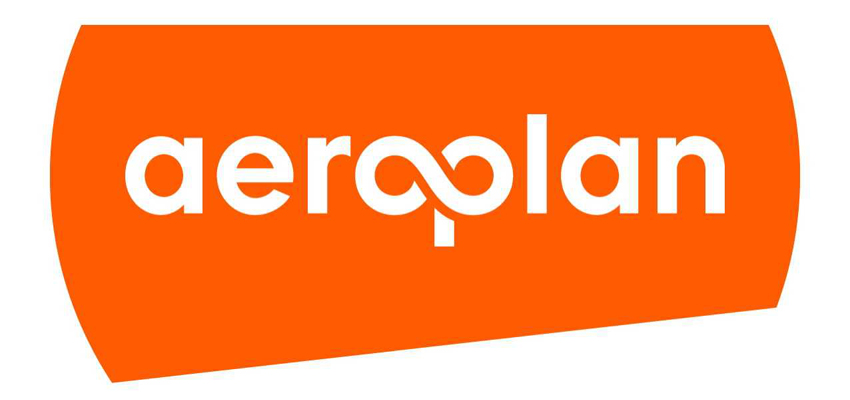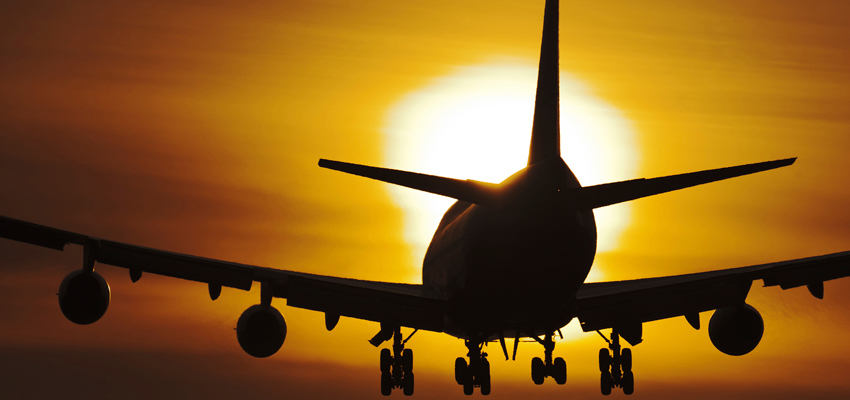This is a post in a series on the basics of the Aeroplan frequent flier program.
Related Posts:
- The Star Alliance
- The Award Chart
- Stopovers, Open Jaws & One-Ways (part 1)
- Stopovers, Open Jaws & One-Ways (part 2)
- Classes of Service
- Taxes and Fees
- Finding Award Availability
We have been accustomed to the idea that when we fly, it should be in a roundtrip. We fly from our home location to a destination and then return home. This doesn’t necessarily work for everyone and it also limits the ability to be flexible with your plans and visit multiple destinations on a single trip.
When using Aeroplan award flights, there are 3 routing constructs that allow that shift away from the traditional roundtrip flight.
The Skinny
- Aeroplan tickets allows 1 stopover OR 1 open-jaw on any award ticket
- Stopovers allow you to stop in a city on the way to or from a specific destination
- Split your flight into distinct 1-way flights and see if your stopover point would be legal on that 1-way
- Consider legality of a flight with a stopover with respect to distance, cross-border rules and backtracking
- Open-Jaw on roundtrip tickets allow you to make up part of your itinerary “on the ground”
- If you are considering booking a one-way award, understand that you can add on an extra flight for a discount
- Aeroplan award flights within North America that include a stopover can’t use flights operated by United Airlines
As I mentioned in the previous post, each Aeroplan award can have 1 open-jaw OR 1 stopover. In this post, I’ll go into a bit of detail on the stopovers, and what makes an itinerary valid.
From Aeroplan.com
What’s a stopover?
A stopover is an intentional stop “to” or “from” a specific destination. In general, a stopover city is between your origin and destination. The stopover city must be allowable within the fare rules for the origin and destination. For example, on a trip from Montreal to Vancouver, you could include a stopover in Winnipeg but not a stopover in New York.
What is a connection?
A connection is when you arrive at an airport and depart from the same airport on the next scheduled flight, or within a few hours of arriving.
For domestic or trans-border travel, any stop within 4 hours is considered a connection. For international itineraries, a stop within 24 hours is considered a connection. If there are no connecting flights within 4 or 24 hours respectively, you must be booked on the next scheduled flight for it to be considered a connection.
How is a stopover different from a connection?
A connection is when you arrive at an airport and depart from the same airport on the next scheduled flight, or within a few hours of arriving. A stopover is when you don’t leave on the next flight, or choose to spend additional time in that city. In general, additional fees apply for stopovers.
Stopovers
Stopovers basically allow you to stop in a city on your way to or from a specific destination. This means if you are traveling across the country from Vancouver to Halifax, you can stop in Toronto for free.
The things to keep in mind when wondering if a stopover is a valid stopover is whether or not your “stopover” point might be a natural and legal stop for someone. I would say, it makes sense to cut up the trip into a 2 distinct 1-ways and see if a stopover would make sense given the rules of each of the 1-ways. Choose your final destination as your “turnaround” point and then see if your stopover point is “on the way”.
Illegal and Legal Routings
There are 3 main things that will make a routing illegal:
- Exceeding Maximum Permitted Mileage (MPM)
Each route has a maximum distance that can be travelled while the route is legal. The Maximum Permitted Mileage (MPM) for a route usually can be exceeded by 5% for Aeroplan award flights but beyond that, a routing will be illegal. There are some paidservices, such as the KVS tool or the Expert Flyer that will tell you what the MPM is for any routing. Also, you can check the Star Alliance website. In general, the MPM is pretty liberal. If an 8-year old looking at a map could tell you your stopover point is in the wrong direction, your routing is probably illegal. - Crossing borders on domestic flights
This is probably the biggest issue for Canadians. All flights that are domestic to Canada, must remain in Canada. This means that you can’t stopover in a US city if your route is between 2 Canadian cities.If you were to look at a map, Minneapolis / MSP is on the way from Toronto / YYZ to Vancouver / YVR, but doing YYZ-YVR via MSP is illegal.Toronto / YYZ is probably the most geographically natural stop between Boston / BOS and Seattle / SEA, but stopping in YYZ on a BOS-SEA flight is also illegal. - Backtracking
Backtracking is the act of going backwards in your journey. Basically, this means that on each 1-way, you have to move in a general direction. This is mostly a problem when picking a stopover city that is not a hub city.An example would be if you choose London / YXU as your stopover on the way from Vancouver / YVR to Halifax / YHZ. You might have to do the following:
- YVR-YYZ-YXU (stopover)
- YXU-YYZ-YHZ (turnaround point)
- YHZ-YYZ-YVR
- The YYZ-YXU, followed by a YXU-YYZ would be backtracking since you have already done a journey between YXU and YYZ.
Examples of Legal and Illegal Routings
In the next few examples, I will show you how your perspective on various routings will change their validity. The exact same itinerary can be legal or illegal, depending on how you look at it. If you understand what makes an itinerary legal and illegal, you can do the same analysis with your own preferred routing. You can also convince an Aeroplan agent that your itinerary is valid if they ever tell you it isn’t. Remember that roundtrip flights allow for ONE stopover in one of the directions, provided it is within the routing rules.
In these examples, I will write up the routings as AAA-BBB//BBB-CCC//CCC-AAA, where XXX is an airport code for my origin or destination. This example would imply the following 3 one-way tickets, each of which may be roundtrip or using connections:
Flight 1: AAA-BBB
Flight 2: BBB-CCC
Flight 3: CCC-AAA
Example 1:
Vancouver / YVR, Toronto / YYZ & Halifax / YHZ
Routing: YVR-YYZ//YYZ-YHZ//YHZ-YVR
| Option 1 YVR-YHZ as main trip YYZ as a stopover |
Option 2 YVR-YYZ as main trip YHZ as a stopover |
|
|---|---|---|
| Outbound | YVR-YHZ via YYZ Legal |
YVR-YYZ Legal |
| Inbound | YHZ-YVR Legal |
YYZ-YVR via YHZ Illegal (distance) |
In the perspective of Option 1, where the main award is a Vancouver – Halifax trip, we are allowed to stop in Toronto.
In the perspective of Option 2, we get an illegal routing since Toronto – Vancouver can’t be done via Halifax. This would be beyond the maximum permitted mileage (MPM) for a Toronto-Vancouver flight.
Example 2:
Vancouver / YVR, Montreal / YUL & New York / JFK
Routing: YVR-YUL//YUL-JFK//JFK-YVR
| Option 1 YVR-JFK as main trip YUL as a stopover |
Option 2 YVR-YUL as main trip JFK as a stopover |
|
|---|---|---|
| Outbound | YVR-JFK via YUL Legal |
YVR-YUL Legal |
| Inbound | JFK-YVR Legal |
YUL-YVR via JFK Illegal (Cross-Border) |
From the perspective of Option 2, we have a connection in the US on a domestic Canada flight, which makes that illegal. From the perspective of Option 1, however, this same itinerary is valid.
This is an example that Aeroplan uses to explain as an illegal routing.
“For example, on a trip from Montreal to Vancouver, you could include a stopover in Winnipeg but not a stopover in New York.”
Their explanation is correct, but the exact routing is actually legal with a slightly different perspective. If you simply call Montreal your stopover point on the way to New York, then the same itinerary is valid.
Example 3:
Montreal / YUL, Calgary / YYC & Miami / MIA
Routing: YUL-YYC// YYC-MIA // MIA-YUL
| Option 1 YVR-JFK as main trip YUL as a stopover |
Option 2 YVR-YUL as main trip JFK as a stopover |
|
|---|---|---|
| Outbound | YUL-MIA via YYC Illegal (Distance) |
YUL-YYC Legal |
| Inbound | MIA-YUL Legal |
YYC-YUL via MIA Illegal (Cross-Border) |
In this case, we see the disadvantage of living in the hub city. Since the 2 destinations are in opposite directions from each other, and our original city would be the natural connection or stopover, we have no way to make a valid itinerary starting in Montreal.
If you had started in Calgary, stopped in Montreal on the way to Miami, you would have had a legal routing.











I appreciate the good work you are doing! I’ve really enjoyed reading it. You’ve arouse me a great interest. I’ll investigate it more. Keep up doing it!
Nice! How can I sign up for RSS to your blog? Thanks!
Hi,
I just added the RSS feed to the site. I hope you can use the link on the sidebar to set it up.
Thanks for the support.